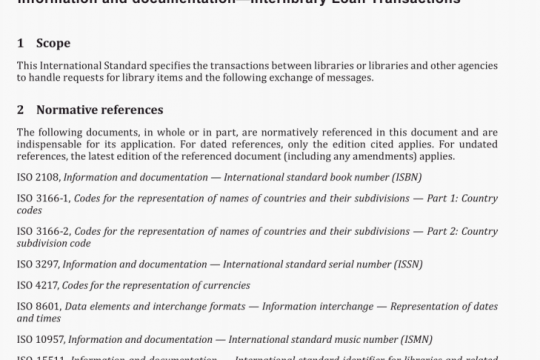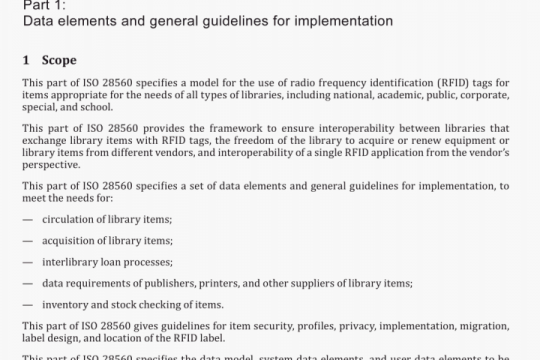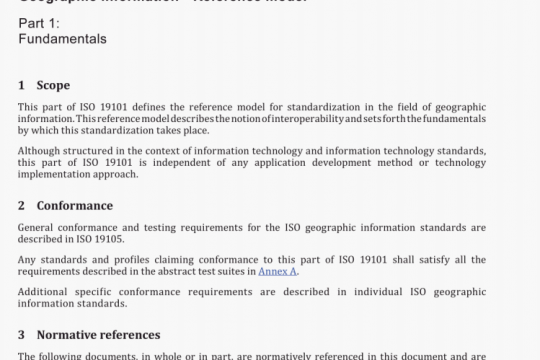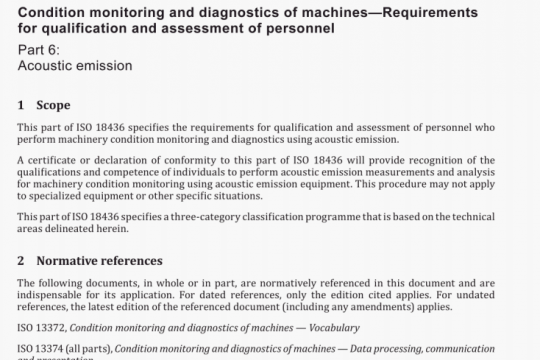ISO 16338:2013 pdf free
ISO 16338:2013 pdf free.Welding for aerospace applications – Resistance spot and seam welding
Prior to production, qualification shall be performed on each resistance spot or seam welding machine to determine its ability and consistency of operation. The purpose of qualification is to identify and verify the range of welding for which a welding machine may be considered capable. Welding conditions shall be documented on a WPS as part of a machine qualification test report. Typical examples of report forms are given in Annexes A and B. Such forms may be modified or expanded as required. After approval is obtained, these reports shall be available for review.
Machines shall be qualified to meet the weld requirements for the most critical class (see Clause 6) in each material group (see Clause 10) for which it is intended to be used in production. A welding machine qualified to weld to the requirements of one class in a material group shall be automatically considered qualified for less critical classes in the same material group. A spot welding machine qualified for spot welding is also qualified for overlap spot welding. Machines used for class III foil welding may be qualified by establishing a WPS. Machines qualified to a class for seam welding shall be considered qualified for roll spot welding to the same class.
Weld tests listed in 13.2 shall be performed and shallmeet applicable acceptance criteria. For each material group, two test sets shall be required: the high-end (thickest) machine qualification test and the low-end (thinnest) machine qualification test. Typically, the high-end and low-end machine qualification tests are each made up of two members of equal thickness. Alternatively, members of different thicknesses and/or a weld combination of more than two members may be used. The following requirements shall be used to determine the required machine qualification tests to cover production work:
a) The total thickness of all members in a production weld combination shall not be more than the total thickness of all members in the high-end machine qualification test and shall not be less than the total thickness of all members in the low-end machine qualification test.
b) The thinnest contact member (member in contact with the electrode) of any production weld combination shall not be thicker than the thinnest member in the high-end machine qualification test
c) The thinnest contact member (member in contact with the electrode) of any production weld combination shall not be thinner than the thinnest member in the low-end machine qualification test.
d) If a machine is used for a specific weld combination then it need only be qualified for that weld combination according to the quantities and methods specified in 13.2.ISO 16338 pdf free




